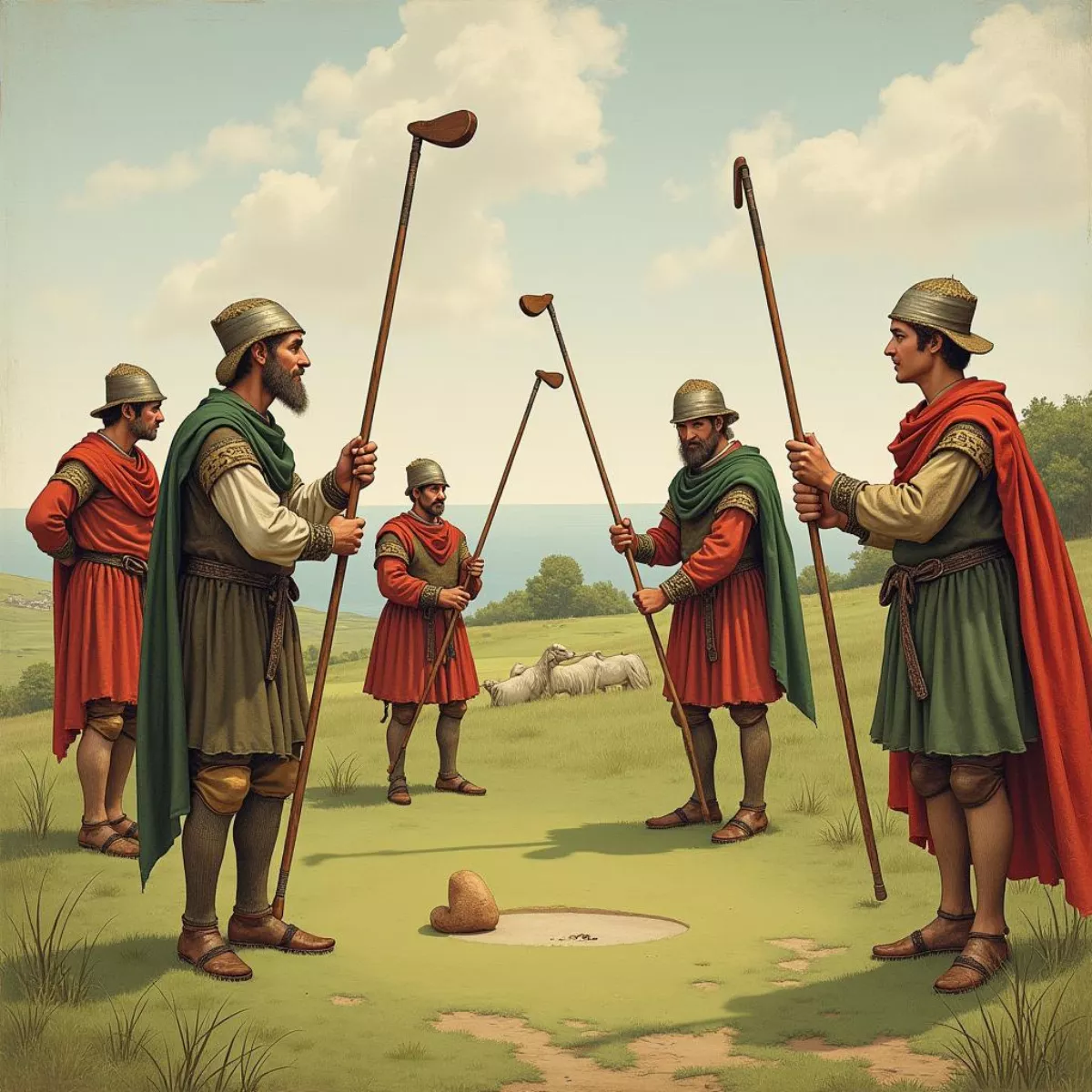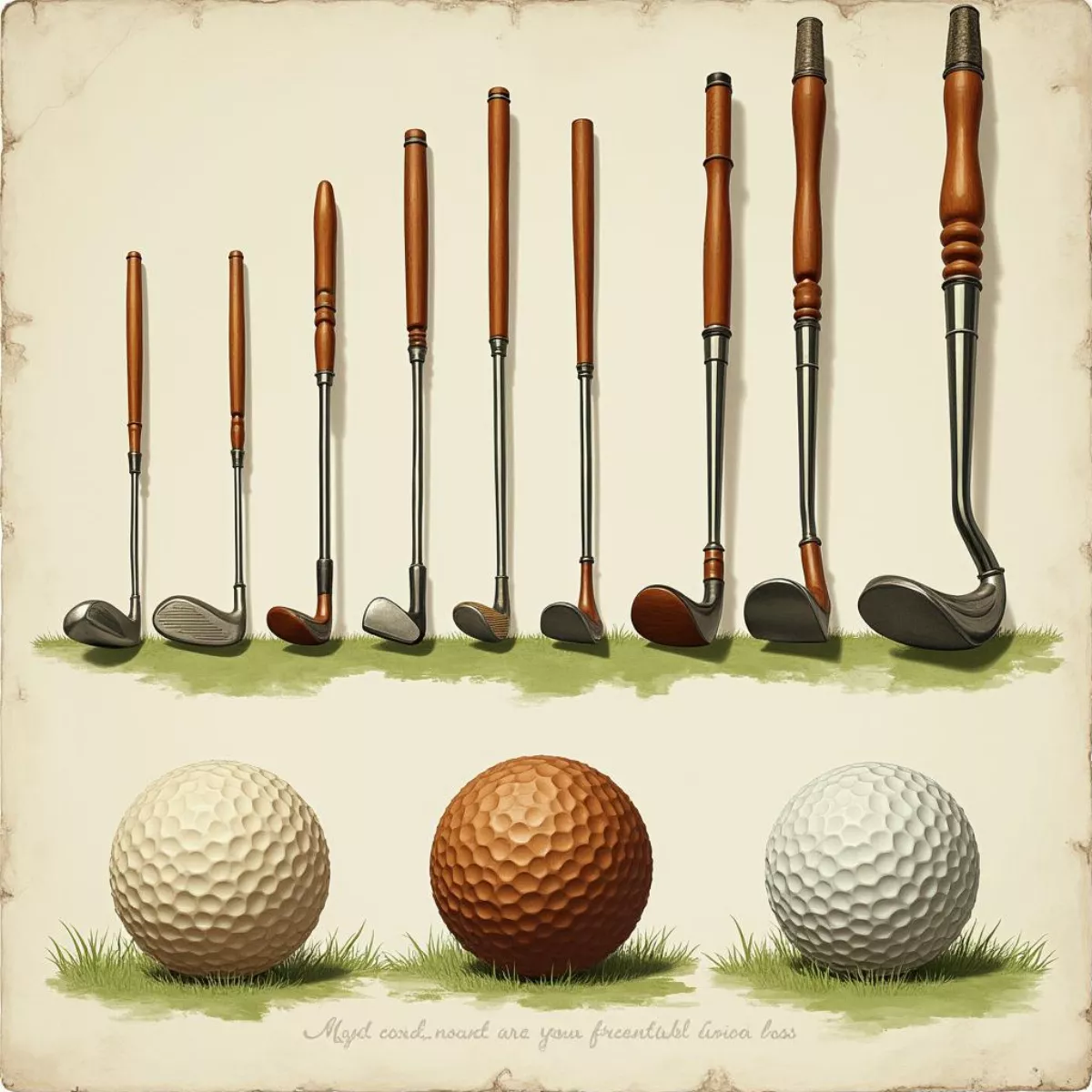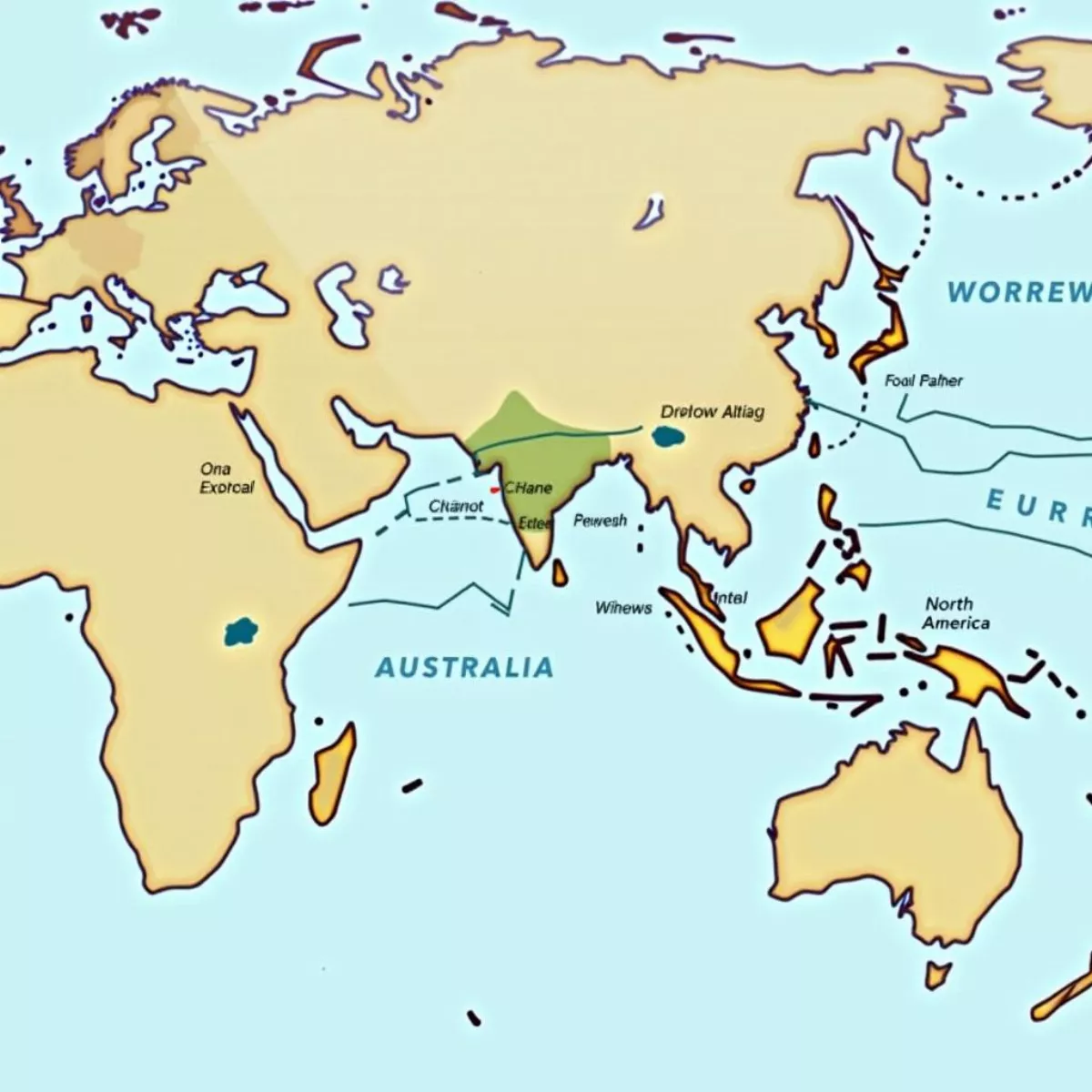Golf is more than just a sport; it’s a passion shared by millions around the world. But have you ever wondered about its origins? Before you grab your clubs and head out for a round, let’s explore the roots of this popular game. We’ll discuss its history, the places it has been played, and how it has evolved into the game we love today.
A Brief Overview of Golf’s History
Golf, in its most fundamental form, is believed to have originated in Scotland during the late Middle Ages. The game as we know it came to prominence in the 15th century and has since evolved, capturing hearts across the globe. While Scotland is often credited as the birthplace of golf, forms of the game have been played in various cultures throughout history.
Ancient Precursors to Golf
Before we zoom into Scotland in the 15th century, let’s see where the concept of golf might have started:
- China: Records from the Han Dynasty (206 BC – 220 AD) mention a game called Chuiwan, where players hit a ball into holes with sticks.
- Netherlands: In the 13th century, a game similar to golf known as kolf was played on ice, where players aimed to hit a wooden ball toward a goal.
- France: A game called palle-mail was played in the early 14th century with similar mechanics, using sticks to navigate balls toward targets.
The Emergence of Golf in Scotland
In Scotland, golf began to gain popularity in the late 15th century. The First Official Reference to the game appeared in 1457 in a decree from King James II, who sought to ban golf to encourage archery practice for military purposes.
Key Milestones in Scottish Golf History:
- 1457: King James II bans golf.
- 1500s: Golf starts to become a social pastime for the nobility.
- 1567: Mary, Queen of Scots, plays golf at St. Andrews, further legitimizing the game.
Around this time, Scottish golfers played on natural landscapes, using whatever tools were available, often repurposed farm equipment as clubs and stones as balls.
 Early Golf in Scotland
Early Golf in Scotland
Evolution of Golf Equipment
As golf became more structured, the equipment also saw significant changes:
| Item | Original Material | Modern Equivalent |
|---|---|---|
| Clubs | Wood and iron | Various metals, graphite |
| Balls | Wood or leather | Synthetic materials, dimpled designs |
Interesting Fact: The first standardized golf balls were crafted from feathers wrapped in leather, known as featheries.
 Evolution of Golf Equipment
Evolution of Golf Equipment
Notable Golf Courses in Scotland
When discussing the origins of golf, it’s essential to mention iconic golf courses that played a significant role in shaping the sport. Here are a few:
- St. Andrews Links: Often referred to as the “Home of Golf,” this historical course has been the site of golf’s evolution since the 15th century.
- Royal Aberdeen Golf Club: Established in 1780, it’s one of the oldest golf clubs in the world.
- Muirfield: Founded in 1744, it’s another prestigious course linked to golf’s growth.
Golf Internationalization
With time, golf began to reach other corners of the world:
Early Spread to Europe and Beyond
- England: The game spread south, with golf clubs like the London Golf Club being established in the 18th century.
- North America: Golf was introduced to America in the 17th century, rapidly gaining traction in the late 19th century. The St. Andrews Golf Club was founded in 1888.
- Asia: By the 1900s, golf courses began cropping up in countries like Japan, South Korea, and, later on, in China.
 Global Spread of Golf
Global Spread of Golf
Golf’s Transformation Into a Popular Sport
Through the years, golf has transitioned from a pastime for Scottish nobility to an internationally celebrated sport. Its growth has been fueled by the development of professional leagues, tournaments, and a fervent fan base.
Four Major Tournaments
Today, four major championships are highlights of the golfing calendar:
- The Masters: Held annually at Augusta National, USA.
- U.S. Open: The national championship of the United States.
- The Open Championship: The oldest golf tournament, dating back to the 1860s.
- PGA Championship: One of the four major championships, known for showcasing the best professional golfers.
Golf’s Impact on Culture
Over centuries, golf has also influenced art, literature, and even cinema. Movies like Caddyshack highlight its cultural penetration, while golf literature continues to thrive.
The Social Aspect of Golf
- Networking: Golf serves as a powerful tool for networking and building relationships.
- Leisure: It offers a way to unwind while enjoying the outdoors.
- Community: Golf clubs foster camaraderie among members, creating lasting friendships.
 Social Aspects of Golf
Social Aspects of Golf
Key Takeaways
- Origins: Golf originated in Scotland during the late Middle Ages, solidifying its popularity in the 15th century.
- Precursors: Games resembling golf have ancient roots in China, the Netherlands, and France.
- Equipment Evolution: Golf equipment has undergone significant changes, from wooden clubs to modern composites.
- Key Courses: Iconic courses like St. Andrews solidify Scotland’s place in golf history.
- Global Spread: Golf expanded internationally, influencing cultures and establishing a professional presence.
FAQs
1. What year was golf invented?
Golf as we know it began in 15th-century Scotland.
2. Is golf played in other countries?
Yes, golf is played worldwide, with significant popularity in the United States, Europe, Asia, and beyond.
3. What are the four major golf tournaments?
The four major tournaments are The Masters, U.S. Open, The Open Championship, and PGA Championship.
4. How did golf equipment change over time?
Golf equipment evolved from wooden clubs and leather balls to high-tech metal clubs and synthetic balls with advanced designs.
5. Who are some famous golfers in history?
Famous golfers include Tiger Woods, Jack Nicklaus, and Arnold Palmer, each significantly impacting the sport.
6. Why is St. Andrews called the “Home of Golf”?
St. Andrews is called the “Home of Golf” because it has been a site of golfing history since the 15th century and is one of the oldest golf courses in the world.
7. What are some benefits of playing golf?
Playing golf can enhance physical health, improve mental well-being, foster social connections, and provide relaxation.
8. How does golf contribute to the economy?
Golf contributes significantly through tourism, employment in the hospitality sector, and hosting international tournaments.
9. Are there different types of golf?
Yes, various types exist, including traditional golf, mini-golf, disc golf, and others, each offering unique experiences.
10. Can anyone play golf?
Absolutely! Golf is a sport accessible to people of all ages and skill levels, making it popular across diverse demographics.
Exploring the origin of golf offers a fascinating glimpse into a sport that has become integral to many cultures. Whether you’re a seasoned pro or a novice, the game’s rich history adds depth to every swing on the green. Happy golfing!